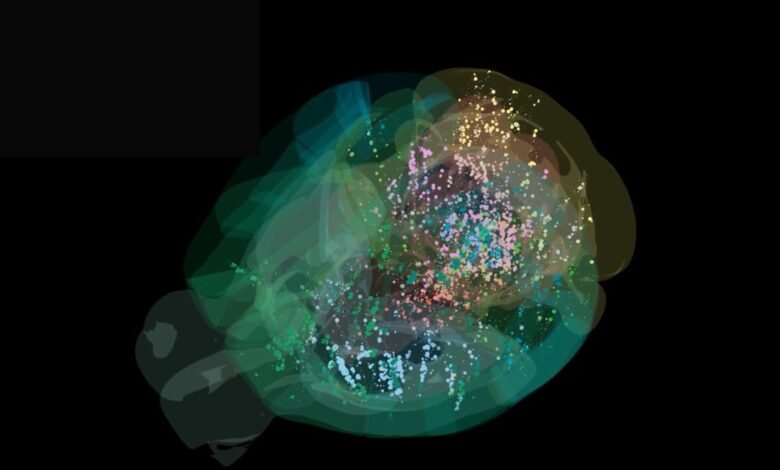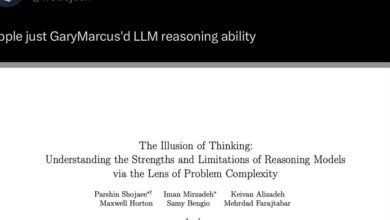Scientists Witness Decision-Making in the Brain for the First Time

▼ Summary
– Neuroscientists mapped the entire brain activity of mice during decision-making by recording over half a million neurons across 95% of their brain volume.
– The study confirmed that decision-making involves coordinated activity across multiple brain regions, not a single dedicated area.
– Researchers trained mice to perform a steering task for rewards, enabling the mapping of 620,000 neurons across 279 brain regions with unprecedented resolution.
– The findings, published in Nature, provide a foundational dataset for studying neural pathways and are publicly available for further research.
– This research advances understanding of complex brain functions and marks progress toward mapping human decision-making processes.
For the first time, neuroscientists have successfully mapped the complete brain activity of mice during decision-making, capturing the simultaneous firing of over half a million neurons across nearly the entire brain. This landmark study, conducted across multiple international laboratories, provides an unprecedented view into how distributed neural networks collaborate to produce choices, challenging earlier assumptions about localized decision centers.
Using implanted electrodes, researchers monitored activity spanning 95 percent of the brain volume in mice trained to operate a steering wheel to guide on-screen shapes. Correct movements earned the animals a sweet reward, creating a clear behavioral context for studying decision processes. Data collected from 139 mice allowed the team to analyze signals from 620,000 neurons distributed over 279 distinct brain regions, with detailed examination focused on 75,000 well-isolated cells.
The findings confirm that decision-making is not the responsibility of any single brain area but emerges from widespread coordination among many regions. This holistic model had been theorized before, but never demonstrated at such scale and resolution in a mammalian brain. Previous whole-brain mapping had been limited to smaller organisms like fruit flies or fish larvae, or to narrow sections of more complex brains.
Two papers published in Nature present these results, openly sharing the dataset to accelerate further research. While the work doesn’t offer final answers, it provides a foundational resource for understanding how brains evaluate options and commit to actions. One external expert compared the advance to finally seeing the ending of a movie whose plot had only been guessed, confirming that many more areas participate in decision-making than previously assumed.
The human brain, with its 86 billion neurons and extraordinary energy efficiency, remains far more complex than any current computer or animal model. Though supercomputers excel at calculation, they cannot match the brain’s low-power adaptability and parallel processing capacity. Comprehensive mapping of human decision pathways remains a distant goal, but this study in mice marks significant progress toward decoding the neural basis of thought.
(Source: Wired)



